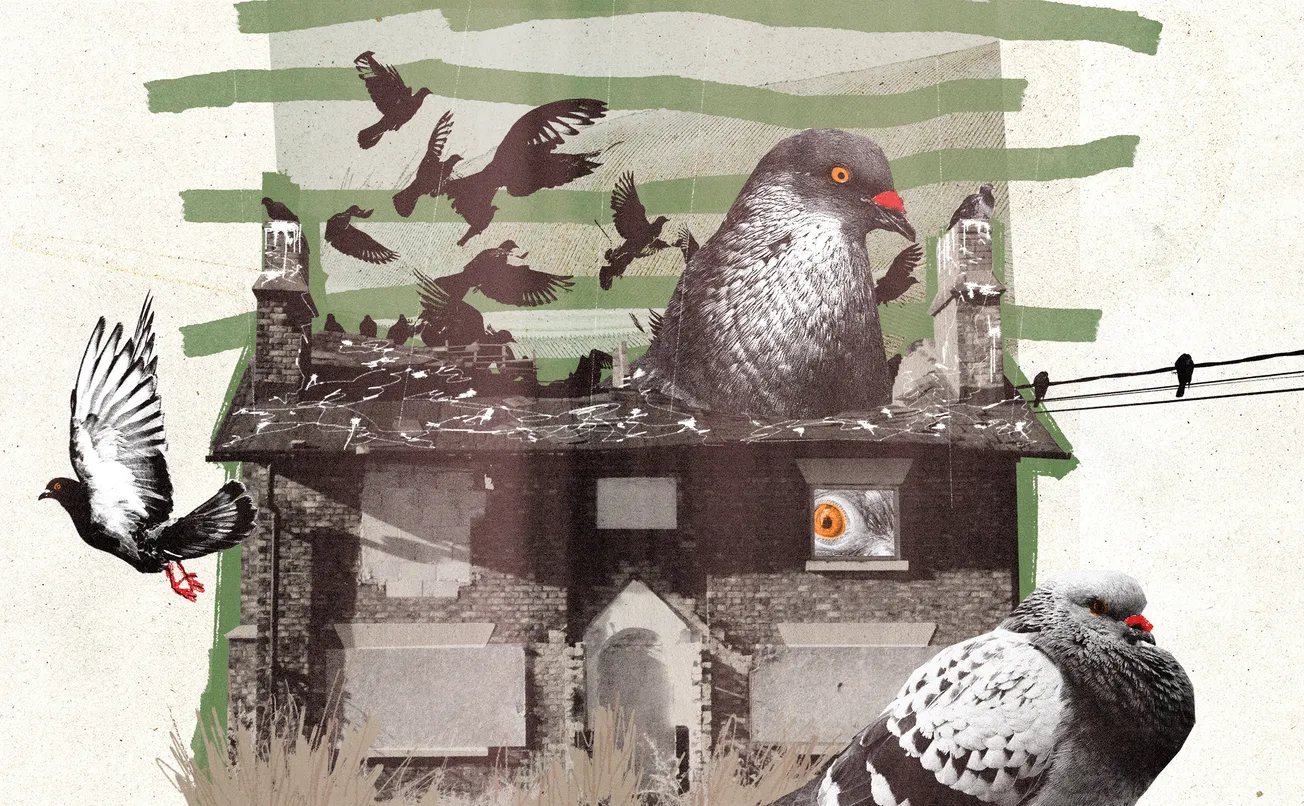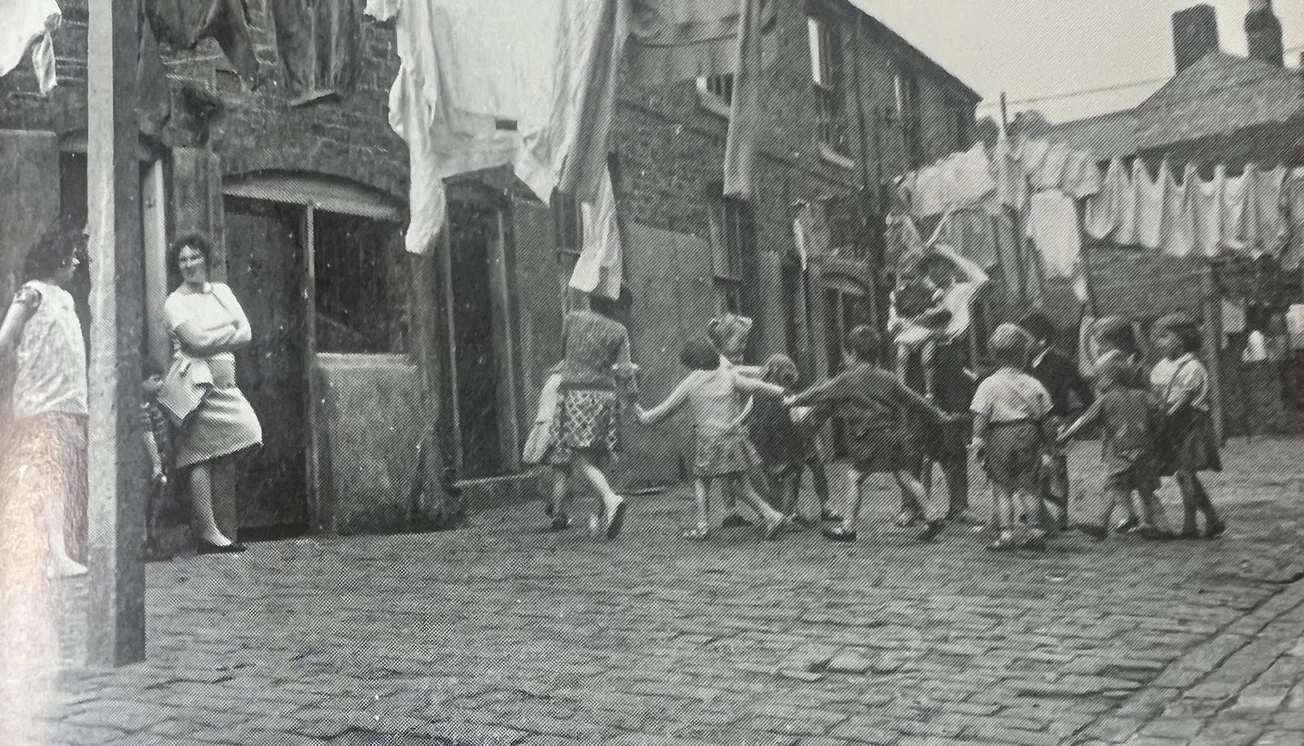“You’ve got it all wrong,” warns a small man in his eighties, pushing a loaded shopping trolley. It squeaks across the pavement. “The pigeons didn’t just arrive one day: they’ve always been here. We all know what they want too.” He raises a weathered hand from the sleeve of his jumper, and gestures toward the carpet of birds obscuring the tarmac of the Aldi car park in Sparkbrook. Hundreds — and I mean hundreds — of pigeons surround us, pecking calmly around my trainers. A car-horn suddenly startles a section of them and the flock thunders in the air. Throwing up an arm to protect myself, I lose sight of the man; when the avian storm subsides, I look back and he is gone.
The Dispatch has been getting reports of the Sparkbrook pigeons for some time, however – in my opinion – lacked the journalistic courage to confront the issue: this changes today. Legend has it a plague of pigeons descended upon the Aldi car park a decade ago. Even so, I am not prepared for what I find when I get to Sparkbrook. In the last ten years the number has only grown. Outside Aldi, a local observes that: “it seems like there’s ten more every day.” Their main roost appears to be in the derelict remains of nearby Stratford Road Church, which they leave every day, descending en masse in search of food.
It’s not just the birds themselves. It’s their leavings too, which spatter Sparkbrook pavements, as well as nearby billboards, benches, cars — and a few ‘chosen’ pedestrians. I, myself nearly slipped as a consequence of their redecoration. Watching the birds wash in brown, gravy-esque puddles, it’s easy to understand the hygiene concerns raised by residents.
Pigeons are the most common urban bird, with over 18 million in the UK. The ones found in cities are feral. That’s not a slander — urban pigeons are the descendants of ones domesticated by humans and then abandoned. Which supposedly means they’re drawn to areas with a high density of humans. And the population of feral pigeons appears to be growing in line with increased urbanisation.
This, say scientists, is a problem. Large numbers of these birds can “overwhelm places”, according to research by the University of York in 2024, leading to “hygiene issues, unpleasant odours, and increased risk of disease transmission” — particularly those dangerous to people with respiratory conditions, or weakened immune systems. And, when pigeons are “consistently fed”, they can get very aggy. “Extremely territorial and aggressive towards each other,” is how the York paper put it.
The spectre of a ‘Sparkbrook feeder’ hangs as heavy as the pigeons themselves. Rumour dictates a hooded figure arrives like clockwork, armed with bread crumbs and seed, then disappears on the wind. Who, or what, is this pigeon messiah?







